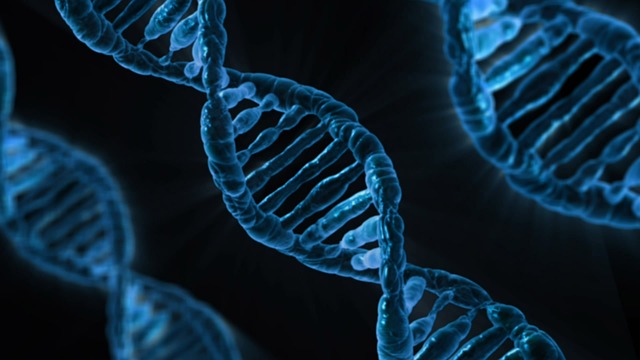Hormones are capable of affecting everything inside the human body. But the foundational building blocks known as DNA play a big role in hormone levels. DNA is a complex subject that many people don’t understand. Your DNA dictates everything inside your body. Your growth, your internal processes, and even your body’s ability to produce hormones is controlled by your DNA.
DNA affects hormone production as we age
When we think of DNA we think of the traits we inherit from our parents. Maybe it’s mom’s green eyes or dad’s broad shoulders. As we age, we may start to notice other less-than-desirable traits that we may be inheriting—dad’s receding hairline, mom’s persistent fatigue. These characteristics aren’t just DNA being expressed. Our hormones, especially our thyroid hormones, are impacted by the way DNA functions over time.
Hormones work inside the cell to bind proteins to DNA. This effect has also been shown in studies to play a role in the strength of DNA within the body. Hormones have been found to potentially activate genes. DNA determines how we are built and how we function. As we age, these hormones can become irregular. If the hormones inside your body are out of balance, your cells won’t be able to function properly. Poor testosterone and estrogen levels can even affect how your DNA is expressed, regarding muscle tone, mood, and energy.
Overcoming your DNA
Our exclusive 25 Again program targets hormones that are out of balance. Regulating these hormones promotes healthy cell activity and will get your body back on track. This means that even if your DNA has told your body to stop producing certain types of hormones, we work to give you back the ones that are critical for your continued longevity and health.
It all starts by understanding more about your body and how it is utilizing hormones as you age. To help with this, we provide a series of 5 health assessments that give you unprecedented insight to your overall health. Choose one or get the VIP experience by signing up for all 5. Click here to learn more about the different assessments.
Sources
https://www.ncbi.nlm.nih.gov/pmc/articles/PMC224261/

